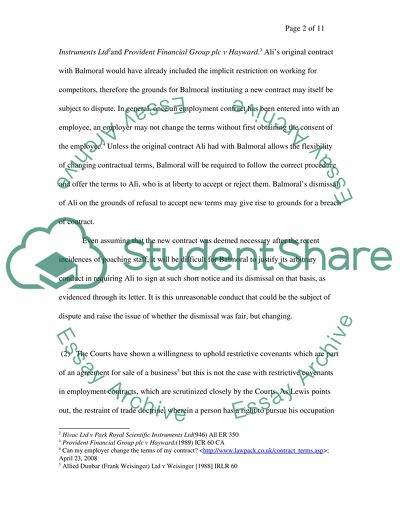Cite this document
(“Employment law Essay Example | Topics and Well Written Essays - 2500 words”, n.d.)
Retrieved from https://studentshare.org/miscellaneous/1545916-employment-law
Retrieved from https://studentshare.org/miscellaneous/1545916-employment-law
(Employment Law Essay Example | Topics and Well Written Essays - 2500 Words)
https://studentshare.org/miscellaneous/1545916-employment-law.
https://studentshare.org/miscellaneous/1545916-employment-law.
“Employment Law Essay Example | Topics and Well Written Essays - 2500 Words”, n.d. https://studentshare.org/miscellaneous/1545916-employment-law.


